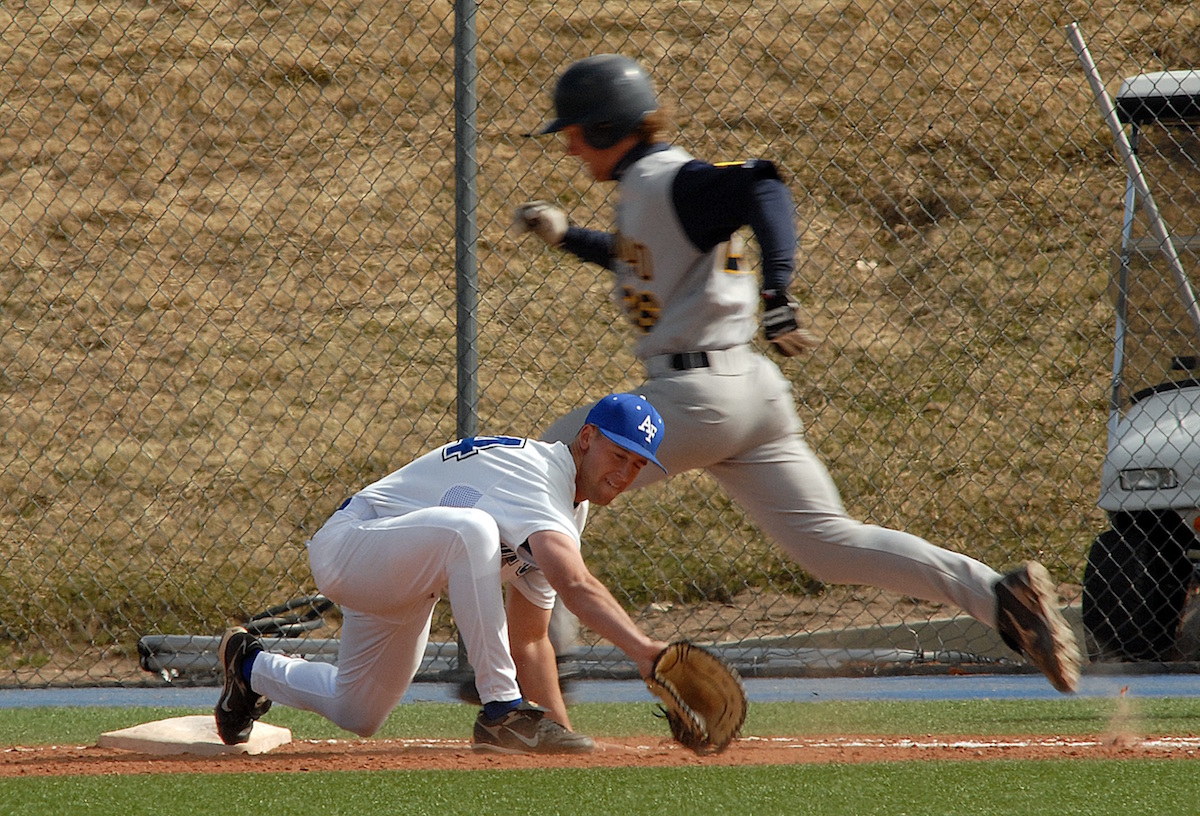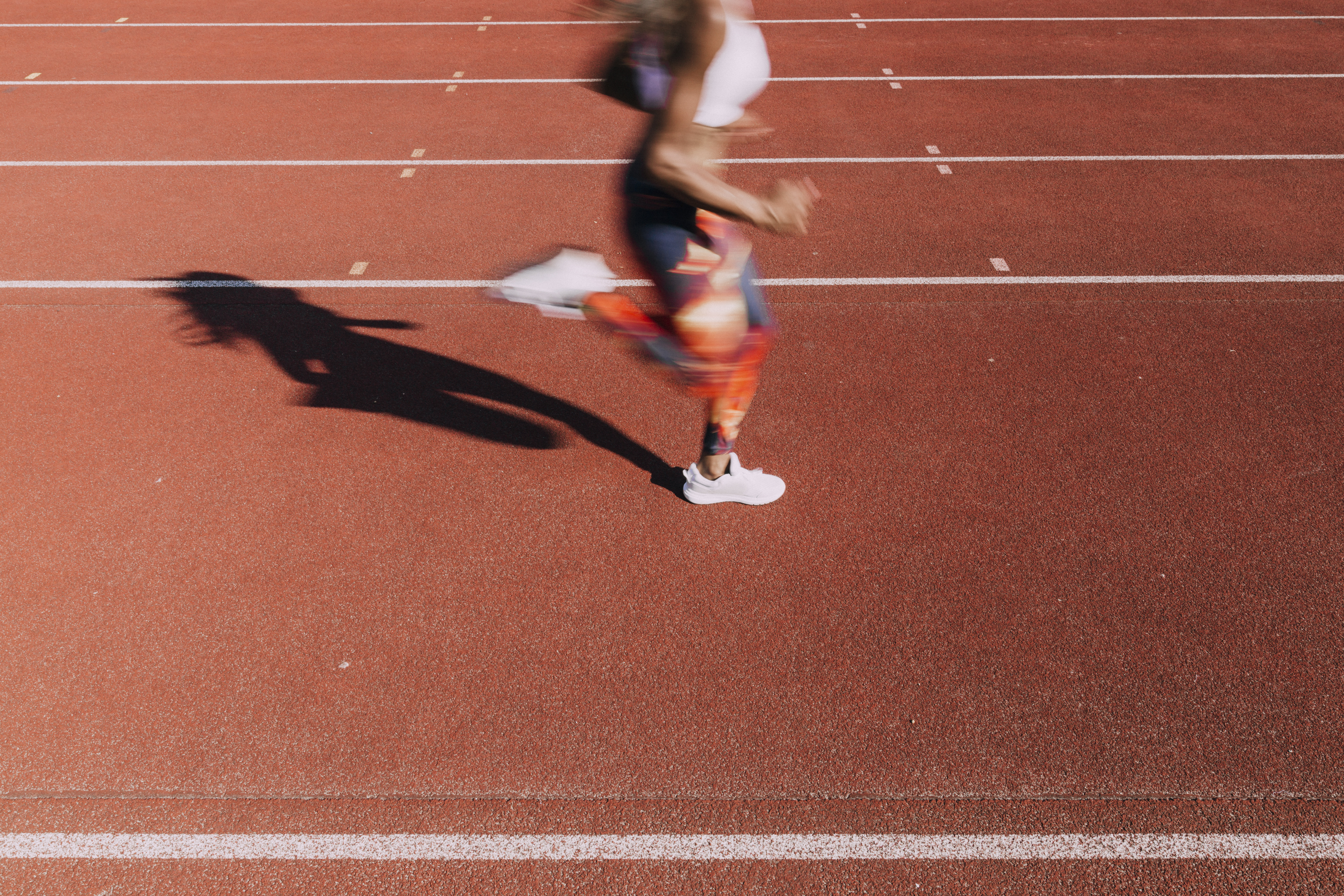The concept of post-activation potentiation (PAP) has been around for a long time under several names. The first few generations of Soviet coaches/sport scientists that came to the west called it complex training. The idea is to use some type of a brief, heavy strength training load to cue the nervous system (i.e. recruit a large number of muscle fibers). That recruitment is then used to enhance performance on a speed/power event. For example, heavy squats followed by a vertical jump.
Studies on the effectiveness of PAP have been extremely mixed over the years. Some of this has been due to the nature of the subjects studied (PAP seems to work best with strong, highly trained individuals), the nature of the protocols, and the lack of transfer between the activities.
In the latest issue of the Journal of Strength and Conditioning Research, Wyland et al conducted a study to look at PAP and short sprints. Specifically, the authors examined whether short sprint speed improved as a result of heavy back squats with or without bands resistance
For this study, 20 subjects performed a warm-up. Then they did three pre-test sprints for 9.1 meters. Following that, they did one of two protocols: either five sets of three reps at 85% of their 1-RM back squat, or five sets of three reps at 85% of their 1-RM (but with 30% of that total load coming from bands). After the final squat rep, subjects performed a 9.1 meter sprint immediately after, 1 minute after, 2 minutes after, 3 minutes after, and 4 minutes after.
Results:
- First, for both groups there was a time effect of the post activation potentiation. In both groups, immediately after the squats there was a decrease in performance. For both groups, the biggest impact on performance occurred four minutes after the last squat.
- Second, the squats without bands resulted in an improvement of a little more than 2% at the four minute mark. The squats with bands resulted in an improvement of a little more than 5% at the four minute mark.
Now, some things to keep in mind before we look at the results. First, we don’t know much about the subjects in the study. We’re told that the subjects are recreationally trained males with experience both squatting and sprinting. The mean age of the subjects are a little over 23 years old. None of them were athletes. Nowhere are we told how much weight they were squatting. All of this has an impact on the application of the results for several reasons.
First, we know from the literature that PAP is a tricky thing to study. It seems to be most effective for stronger individuals. For individuals that are not as strong there is little to no impact of PAP.
Second, there is statistical significance and real-world/sports significance. In the results of the study, the 5% improvement at the four minute mark is the only one that is statistically significant. But if you give me an elite sprinter who has been training for a lifetime, a 2% improvement would have a great impact on their performance. For example, a 10 second 100 meter sprinter would be running that event in 9.8 seconds. Someone who runs the 40-yard dash in 4.7 seconds would be running it in 4.6 seconds. In other words, any impact on performance is significant for some athletes.
Third, a lot of the research that suggests that PAP works with stronger athletes also suggests that longer periods of time (usually 6-10 minutes) are required to see the best results. This study only went to four minutes. It’s possible that given a longer period of time that the results would be different.
Finally, trained athletes are completely different than college students that are exercise science majors. They have been training longer, are more fit, better/trained sprinters, stronger, etc. All of this is relevant to testing results, application of training modes, etc. In other words, the results of this study may have been very different with trained athletes so care must be taken with interpreting/applying these results to your athletes.
Now, with the above cautions in mind, it appears that back squats had a positive impact on sprinting performance especially at the four-minute mark. However, squatting with bands seems to have been more effective. If true, this has some interesting implications for the training of track and field athletes.
I’ve been advocating for a while the performance of squats or pulls prior to meets for higher level track and field athletes – at least when they have access to the equipment on meet day. The idea is to do enough to cue their nervous system, but not enough to tire them (i.e. there’s a real fine balance here). Due to that, I’m really interested to see where this kind of research goes. I’m very glad to see someone actually researching bands, these are employed so widely by practitioners it’s good to see that the research is catching up to the practice of strength and conditioning.
Wyland, T.P., van Dorin, J.D., and Reyes, G.F.C. (2015). Postactivation potentiation effects from accommodating resistance combined with heavy back squats on short sprint performance. Journal of Strength and Conditioning Research, 29(11), 3115-2123.



